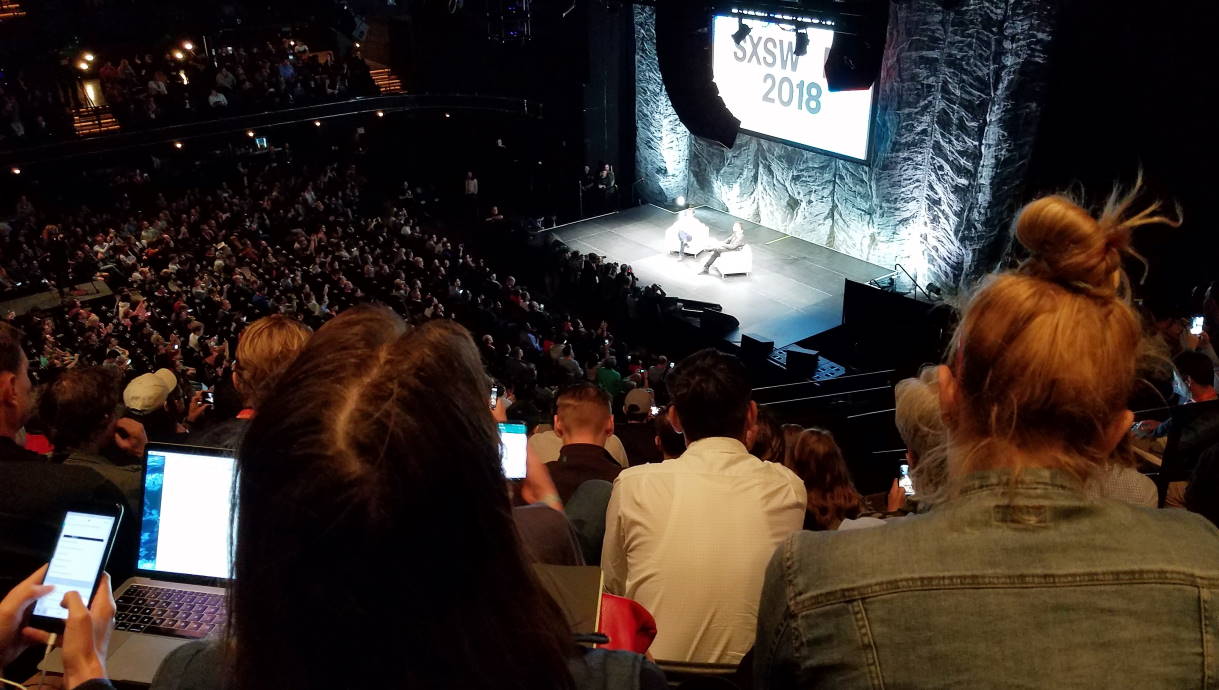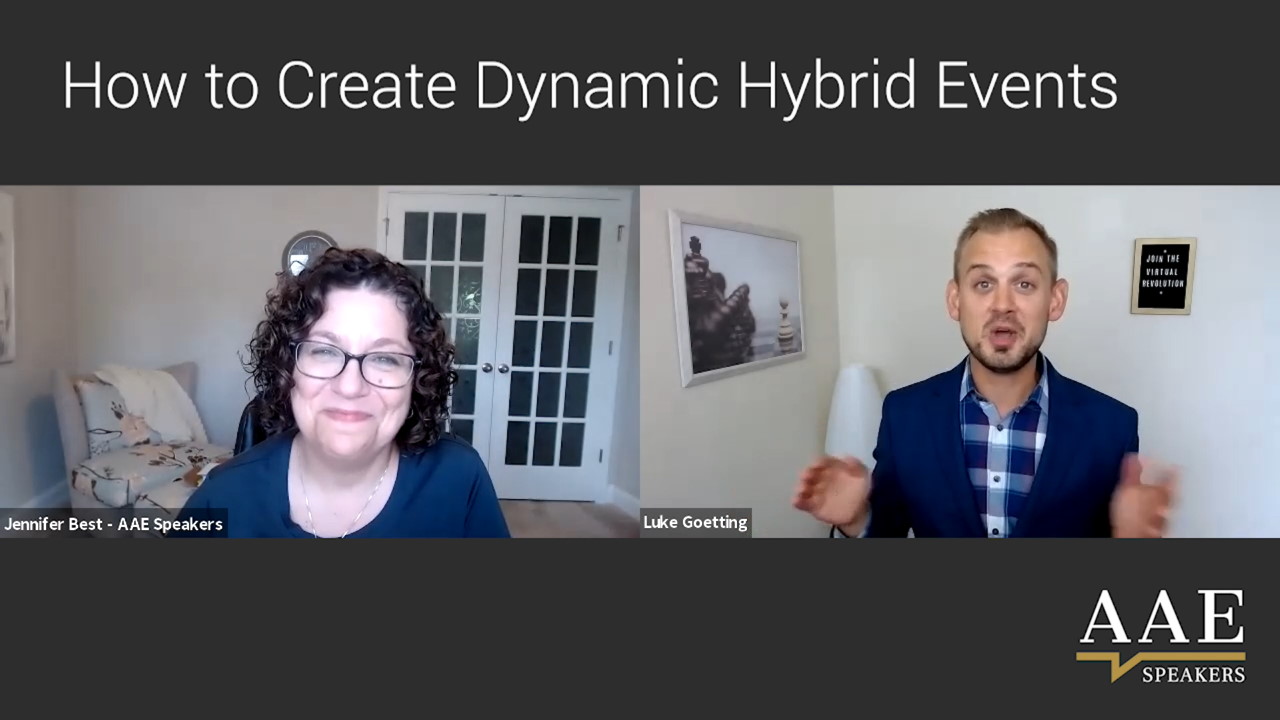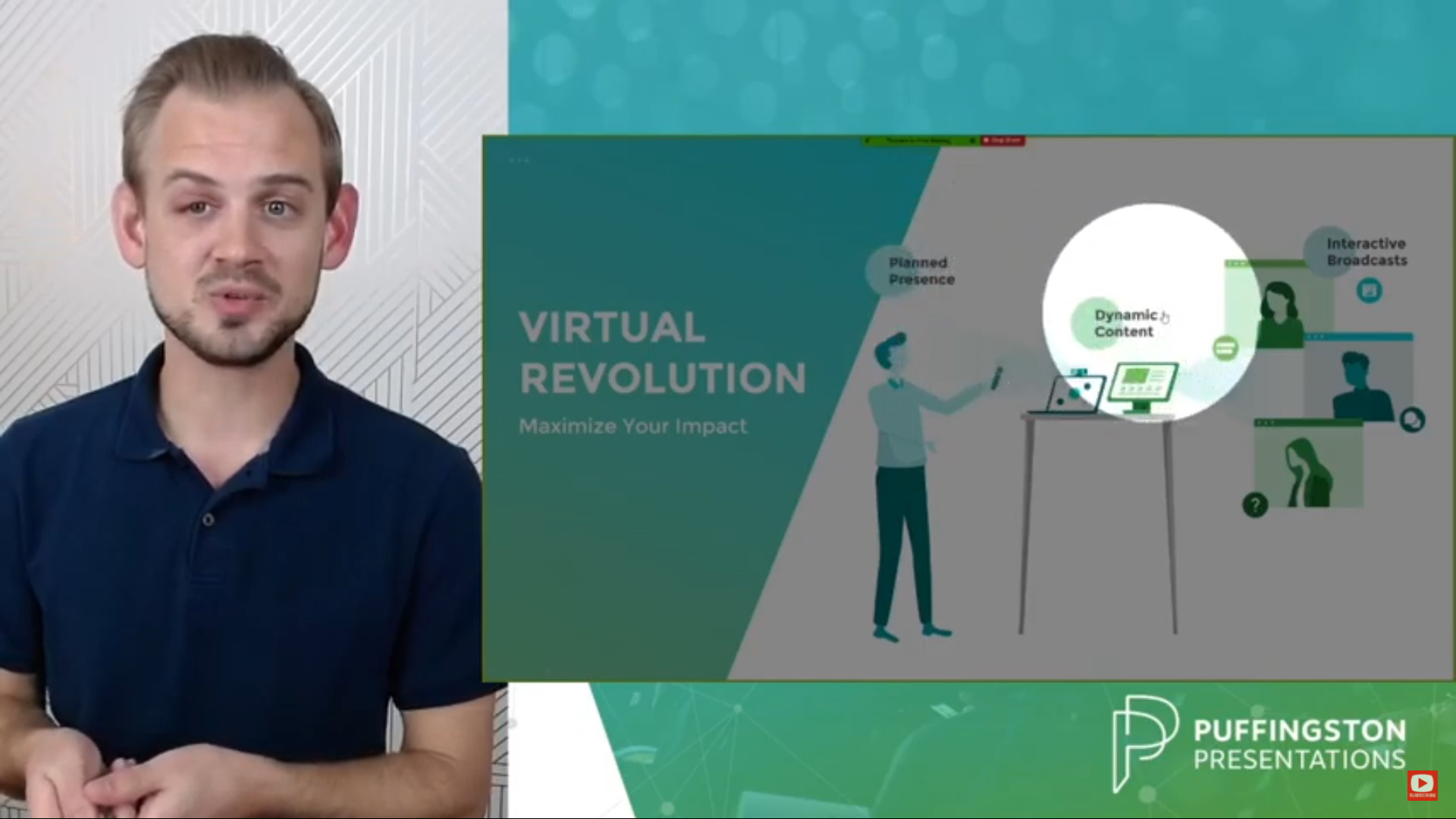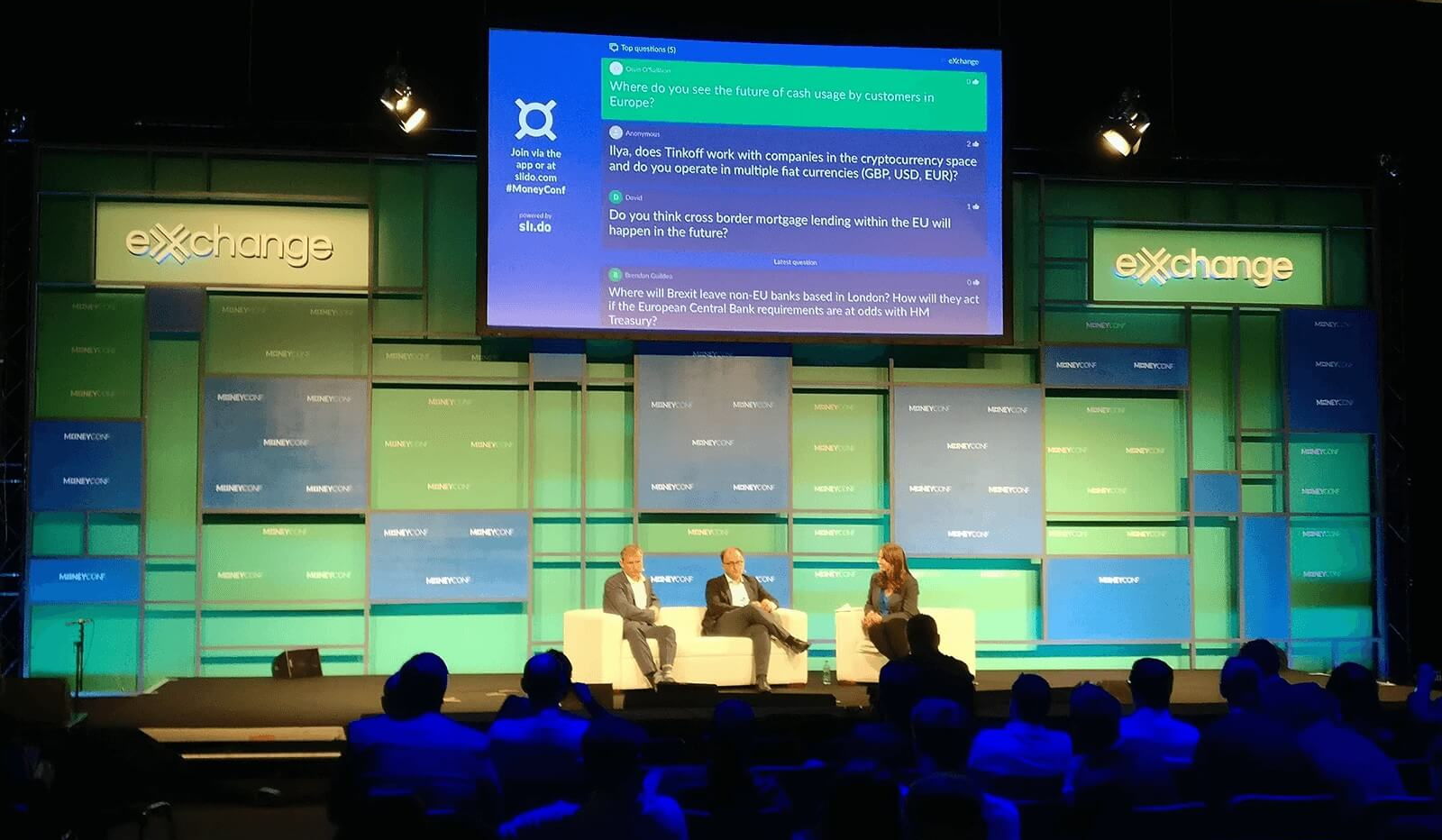
5 Virtual Strategies for Your In-Person Events
During the pandemic, we attended more virtual meetings and events than we thought humanly possible. And while most of us are thrilled at the prospect of returning to in-person events (author included), we should be cautious about discarding the best practices that emerged during the virtual era in favor of our pre-pandemic routines.
In many ways, virtual allowed audiences to be more involved than ever before, so embracing ways to incorporate those elements in-person can help you produce the best audience experience yet!
Here are the top 5 strategies I hope make the leap from virtual to in-person events:
1. Leverage Audience Participation Tools
With virtual events, audiences could chat, participate in polls and leverage icons to voice their feedback throughout a session. Are we prepared to ask them to abandon that experience and instead sit quietly and listen now that they are back in a hotel conference room?
The good news is meeting tech is readily available to continue those experiences in-person. For example, Slido is an audience participation tool that allows participants to engage with live polls, Q&A, quizzes and word clouds from a cell phone, tablet or laptop. Many event platforms offer similar functions.
Meeting tech isn’t enough though, it’s up to event professionals to incorporate those elements into sessions. For example, the SXSW 2018 conference featured an “Ask Me Anything” session with Elon Musk that was entirely facilitated by audience questions through Slido (pictured above). Audience members could submit their own questions, view others’ questions and upvote their favorites – resulting in a dynamic where the audience not only played an active role in the session, but even knew which questions were coming up based on the top vote-getters in the app.
At many events, there’s still a legacy of treating sessions like movie theater experiences where the use of phones or laptops is discouraged or even prohibited, but why not embrace these devices like we did online? Allow attendees to chat amongst themselves during the session – even consider displaying the chat on a one of the big screens so everyone can follow along. If your goal is to keep the audience engaged, allowing more avenues for participation will enhance that experience while continuing to offer the features we took for granted during virtual events.
2. Incorporate a Cohost
One role that rose in prominence during the virtual event era was the speaking session cohost. In some ways, it was a necessary inclusion – cohosts monitored technical issues for the speaker, confirmed screenshares came through and relayed questions from the chat.
In subtle ways though, the inclusion of a cohost also added a welcome variability to speaking sessions. Instead of a speaker rolling through a one-way monologue for 30-60 minutes, cohosts often interjected – creating a stimulating change of pace similar to radio and television broadcasts. The cohost could make supporting comments or facilitate questions in a way that took the speaker off-script, providing the audience with better insights and a clearer understanding of the speaker’s prepared remarks.
So when we return to in-person events, why should we revert back to the classic keynote format where a speaker goes uninterrupted for the entire session? Why not build these cohost breaks into the sessions automatically? If these moments are valuable for both the audience’s understanding and engagement, event planners and the speakers themselves should embrace this evolution and push for more ways to align with the audience in real-time (more on that in the next section).
3. Craft On-Demand Presentations
Virtual events allowed audiences to be more involved during speaker sessions than ever before – polls, chat and icons were a simple click away. Because of these instant feedback opportunities, some enterprising speakers decided to push beyond the traditional Q&A to allow audience members to vote on which content they wanted to cover during the session – basically a choose-your-own-adventure style of presenting.
Here’s how it works: the speaker would share an intro or preview of the content available to the audience, then launch a poll where the audience would vote on which section sounded most intriguing. The section that received the most votes would be the one the speaker would cover first and then afterward, she could cover the second highest vote-getter or relaunch the poll again. The result was a talk prepared by the speaker but prioritized by the audience – think of it as a best-of-both-worlds combination between live event programming and the on-demand style we’ve come to expect from our digital entertainment.
VIDEO: How to Setup Polls + Create Interactive PowerPoints for Dynamic Presentations
How can you replicate that experience in-person? The great news is a variety of event platforms have audience interactivity options built-in or you can use third-party tools like MeetingPlay or Slido. For example, with Slido the audience can log into a session using an event hashtag (no app download required) and participate in polls, Q&A and other interactive features through any digital device. Speakers can invite that same real-time interactivity and give the audience a say in what content they want to cover in the order they’d prefer to cover it in.
4. Offer the Audience Viewing Options
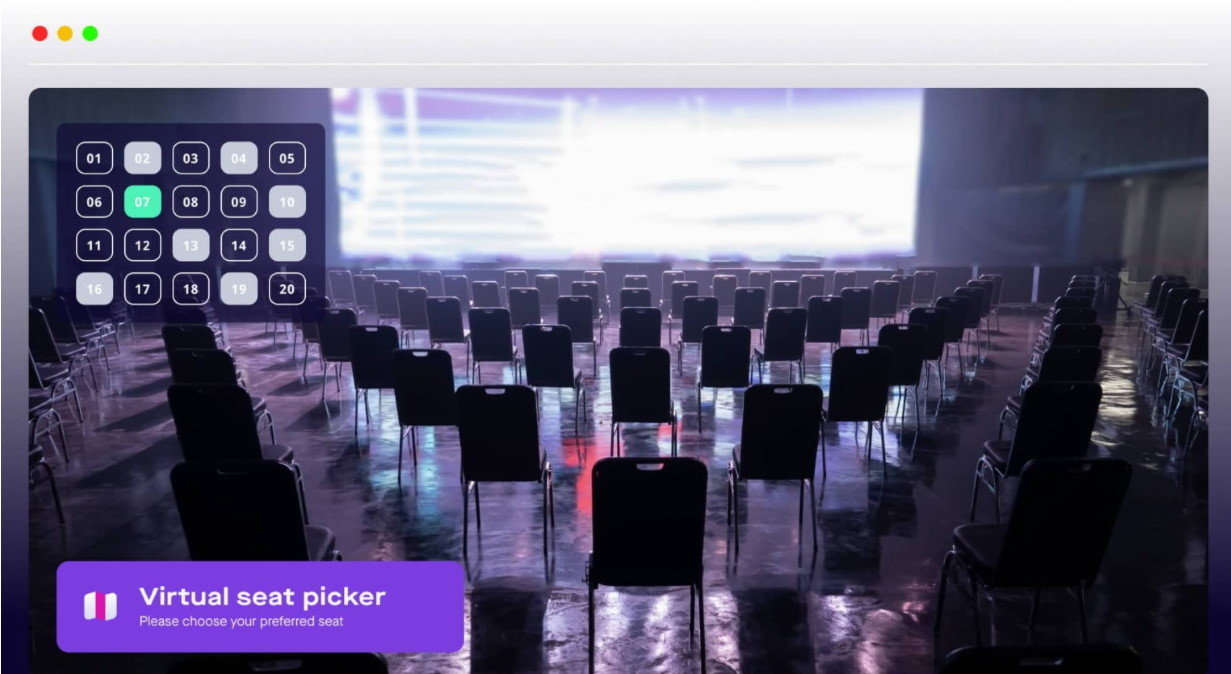
With the rise of high-stakes virtual events, there was increased attention paid to the audience viewing experience. Many webinar platforms offered a variety of configurations viewers could control – independent windows showing the speaker, her slides, the chat and resizing options for everything. A viewer could control the experience and even adapt it for different portions of the session – can I get a closer look at that chart?
In addition, speakers began leveraging virtual webcam software like OBS, eCamm Live and mmHmm to create their own custom views for audiences that could be incorporated during different portions of the talk.
With the return to convention halls and ballrooms, it would be a mistake for companies to delegate the audience viewing experience to A/V companies or venue managers. At a minimum, event stakeholders should plan for their audiences to have a clear view of speakers onstage, their visual aids and a strategy for whether the screens will continuously display one source or rotate based on how the session unfolds. Scrutinize whether additional venue aesthetics add value or just visual clutter – ie do you want your space to look like a TED Talk, an EDM concert or (most likely) somewhere in between?
But why settle for the minimum? Consider offering audiences multiple viewing options – the live one from their seat plus a digital one they can view on their tablet, laptop or phone showing a closeup, configurable view of the speaker and her visual aids where they can take notes and capture screenshots easily as if back at the home office.
5. Retain Interactivity for Hybrid Events
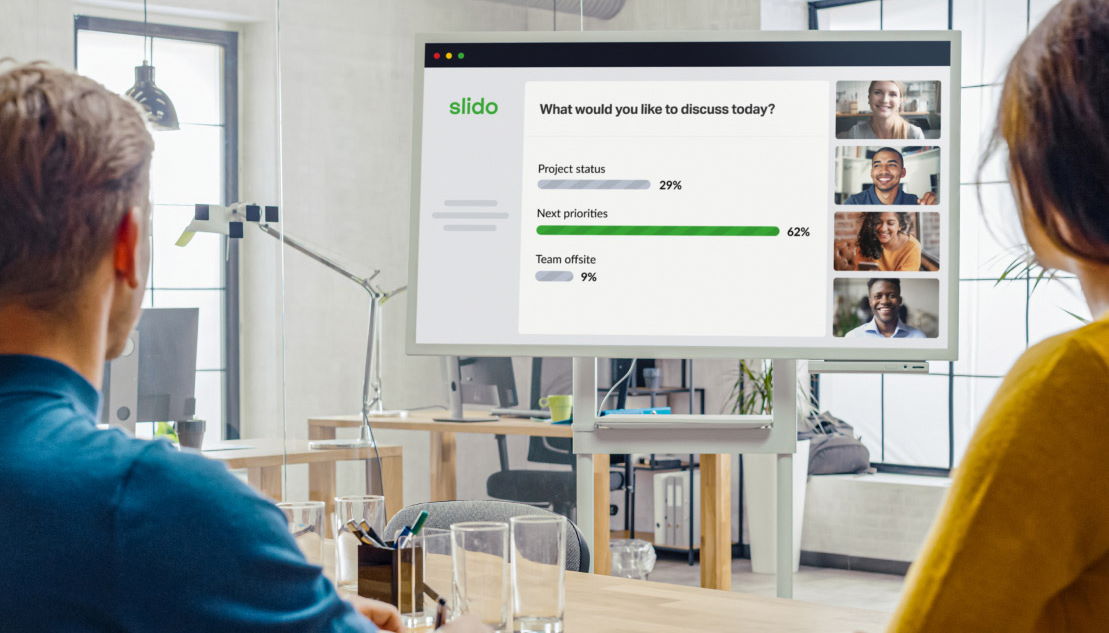
A major question facing event strategists is whether to continue offering a virtual edition of their events after the transition back to in-person and if so, whether that virtual edition will be a live stream of the in-person event or a separate, virtually-optimized event.
There are compelling reasons for both approaches and most organizations will have to consider them in the context of technical capabilities, staff resources, speaker availability and a variety of other potentially headache-inducing factors. While it’s definitely a challenge, it’s also an opportunity for companies and conferences to reach larger and more diverse audiences than ever before.
Either way, focus on retaining the audience participation element as much as possible. If you’re opting for a combined live + virtual audience, you can still offer interactivity to both groups, often times through the same platform. There will inevitably be a streaming delay for the virtual audience though, so you’ll want to monitor how long the delay lasts and coach speakers accordingly – for example, when using a poll, make sure the speaker allows 20-40 seconds for the virtual audience to catch up and weigh in with full context.
When opting for a separate virtual experience, decide whether you’ll ask speakers to share their session a second time for the online edition or whether you’ll playback recordings of their in-person session. If you are going to use recordings, request speakers participate in the chat during virtual playback and even explore hosting an immediate post-session Q&A so the virtual audience experiences the session in a way that’s just as compelling (or even better) as its in-person equivalent.
If you plan on offering replays on-demand after the event, make sure your video platform retains and can playback the chat and interactivity functions from the event for on-demand viewers as they progress through the video, as if they were experiencing the chat when it actually happened.
The pandemic showed us the power of virtual events – they can be dynamic, interactive and highly convenient for participants. Since the shift was so extreme and lengthy though, most of us are excited to return to in-person events, especially for the networking opportunities and lasting connections that are challenging to replicate online.
Whether your company shifts back to in-person events, remains virtual or offers some type of hybrid model going forward, commit to leveraging the best practices from the virtual era and keep pushing to engage audiences like never before!
